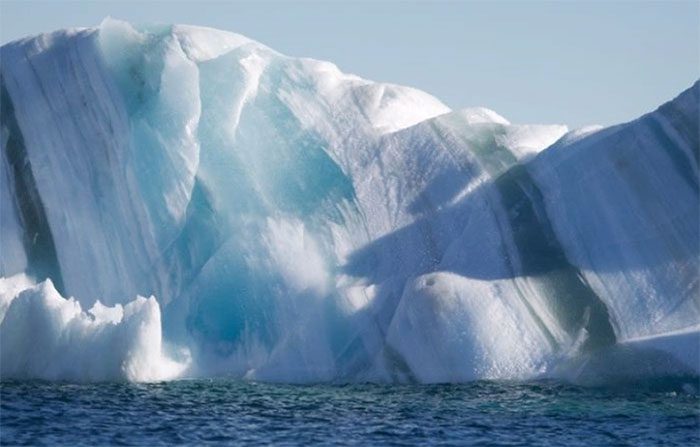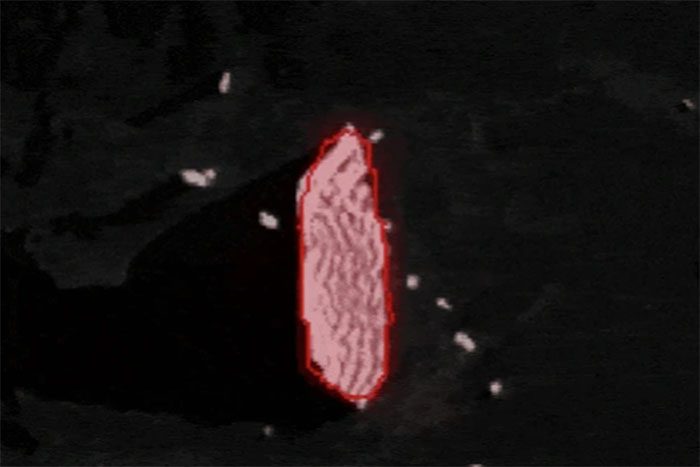AI is enabling scientists to monitor changes in the ocean in remote and inaccessible areas in real time.
Researchers are turning to artificial intelligence (AI) to quickly detect massive icebergs using satellite images, with the goal of tracking their shrinkage over time.

An iceberg is a large mass of freshwater ice that forms from the calving of a glacier or an ice shelf close to the sea. (Photo: Getty).
Unlike traditional methods of tracking icebergs, which require several minutes for a human to outline them, AI completes a similar task in under 0.01 seconds, making it approximately 10,000 times faster.
Anne Braakmann-Folgmann, the lead author of the study, stated: “It is crucial to locate icebergs and monitor their melting rates.”
To achieve this, the research team trained the AI to detect large icebergs using images from the Sentinel-1 satellites of the European Space Agency (ESA).
Scientists found that the system could detect icebergs from satellite images with an accuracy of up to 99% for icebergs larger than 54 square kilometers.
Andrew Shepherd, a professor at Northumbria University in the UK, emphasized that AI will allow scientists to monitor changes in the ocean in remote and inaccessible areas in real time.

AI used by scientists to measure the size of large icebergs. (Photo: University of Leeds).
AI tools also do not suffer from the same errors as conventional automated methods, such as misinterpreting individual ice pieces as a single iceberg.
The ability to automatically map the extent of icebergs with high speed and accuracy will play a crucial role in early detection of climate change impacts, as well as mitigating the consequences it brings.
At the end of October, the British Antarctic Survey reported that the massive ice sheets covering Antarctica would melt rapidly for the rest of the century, certainly contributing to rising sea levels in the coming decades.
Last year, A68a—one of the largest icebergs ever known to scientists—was discovered after it separated from the Antarctic Peninsula in 2017. This iceberg is over 160 kilometers long and 48 kilometers wide.
Scientists report that, along with pouring approximately 1 trillion tons of freshwater into the ocean, melting icebergs also release nutrients into the environment. This will fundamentally change the local ecosystem in the coming years.
It remains unclear whether this change will have a positive or negative impact on marine food chains.


















































